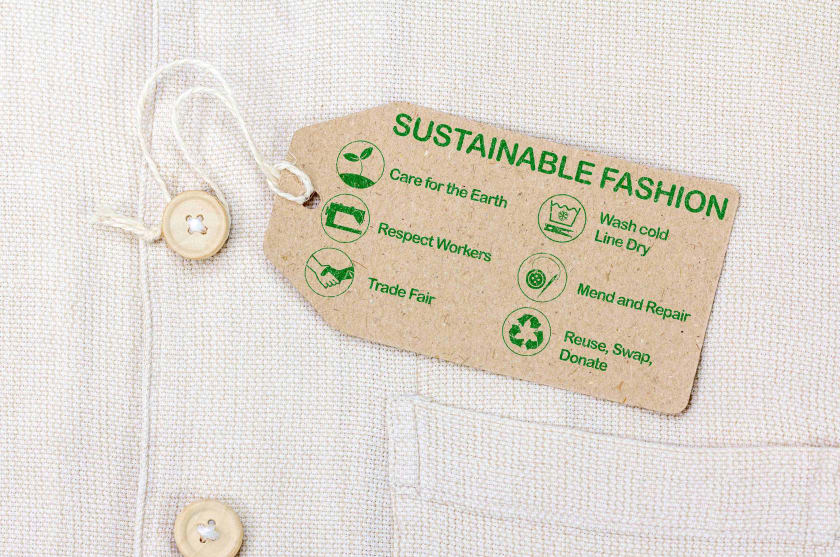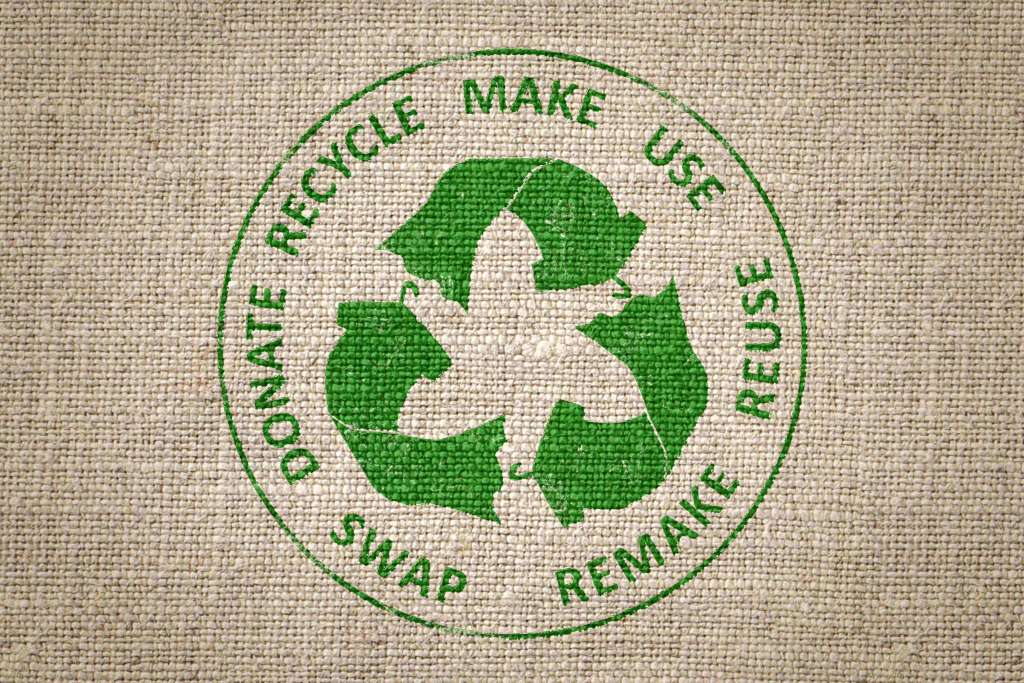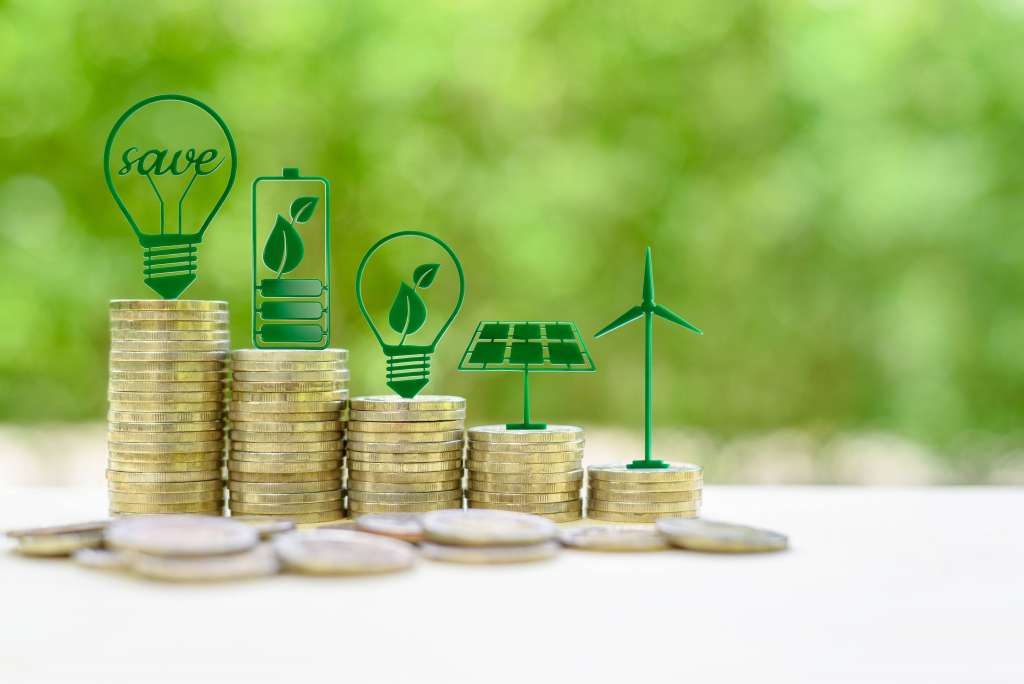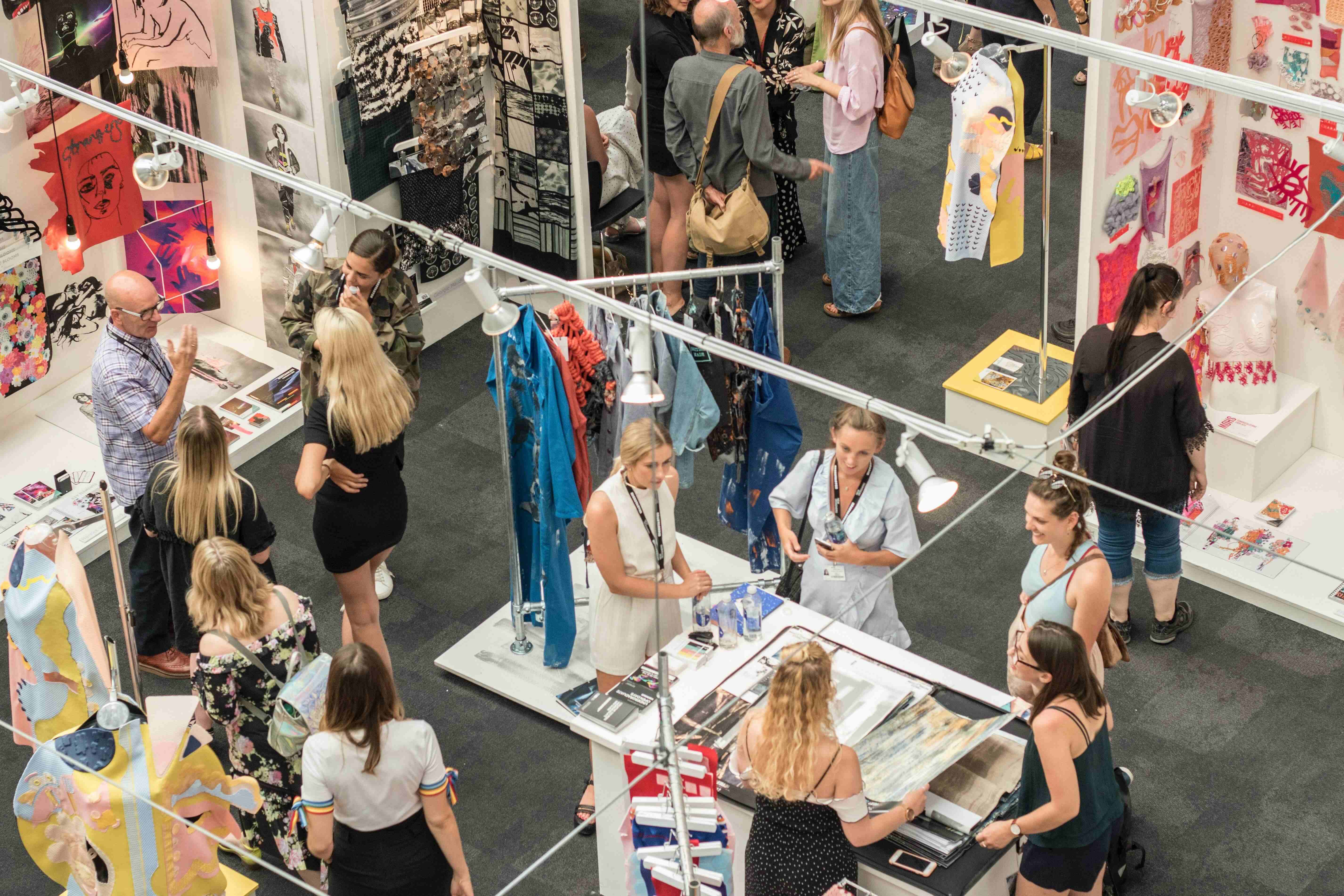Sustainable Practices to Drive Fashion's Sustainability



Summary: Sustainability is the talk of the town amid climate change and global warming. Accountability to the environment—an understanding of what affects it and what we can do differently—will be the deciding factor as to how a brand may fare in the future. In a situation as such, what can brands do to play their part in society?
Sustainability and the human instinct to care about the environment are gradually making their need felt and established around the world in intangible ways.
In this era of conscious progression, sustainable attracts and sustainable sells. Fashion, for example, contributes roughly 10% of the global CO2 output. So you either ride or die: sustainable practices provide for a great stable ride to the future.
While fashion is synonymous with being the talk of the town, the environmental bugle is also ringing loud. According to the UN Environment Program the fashion industry produces roughly 60 million tons of plastic globally each year.
Polyester, a frequently used raw material for apparel, contains plastic. Alarmingly, in recent times, polyester has surpassed cotton. The result—more trendy and sturdy clothes available for cheap in plenty, which in turn gives an impetus to fast fashion and adds to the landfill pile. These are also primary contributors to microplastic pollution in the oceans.
An industry that still predominantly runs on fossil fuel, thrives on petrochemical products, and sources validity from the ebb and flow of fast fashion, needs to take the sustainable route to maintain relevance.
Recycle, Reuse, Remake

Recycling may sound like a heavy term, but the possibilities are endless. Right from recycling end-product to creating something new with it, the creative and cost-cutting scopes are endless. These may include easing the burden on water usage, pollution, carbon footprint and more.
This would also require brands to have a clear vision in mind. Brands would do well to constantly reinvent how they go about creating products. Be mindful of the afterlife of a product: its effect on the environment, the scope for reuse and the necessity of it to the buyer. This can trim down the amount of waste generated at a microscopic level. Responsible fashion is all about making right, so that the customer can choose right.
Remaking products with throwaways can also prove to be a creative way to tone down waste generation. For example, if scrap material is used to redesign the creative flavor and scope of a brand, the idea can be harnessed and monetized to serve the tag of being eco-friendly.
Create your 'Eco' value

Brands would be best advised to don the eco-friendly cloak while there is still time. 92% of consumers in the US trust a brand more if they've taken the eco route and that's just the beginning. And why not? More or less everyone is aware of the brunt we are bearing and yet to bear in the name of climate change and global warming.
Sustainable practices to reduce carbon footprint, create eco-friendly products and garments, and recycle and reuse can go a long way in setting brand tone and vision. Such practices can help strategize for the long haul to inculcate a sense of security and dependence among consumers.
Right from retailers to suppliers, to manufacturers to consumers, the world has taken a sustainable detour for the better. Ethical designs to save cloth, the use of eco-friendly materials, creation of durable pieces of clothing and products can dissuade the trend of fast fashion while building brand trust.
Specially curated marketing strategies appealing to every demographic - because one size fits all is a thing of the past - have become increasingly necessary to turn up the volume on brand messaging. A keen knowledge of the impact on the environment and customer shall define the 'Eco' value of brands going forward.
Needle sharp focus

While being a jack of all trades is great, a focussed foray into business boosts brand utility and growth. This also helps in structuring sustainable practices around specific areas of business instead of sacrificing on quality.
Quality has to win over quantity in this race for eco-friendly dominance. Justifiable price points, information nuggets to educate the customer on why they should opt for premium pricing, and engaging the consumer in amplifying the brand message are steps that can take brands a step closer to meeting their sustainable business goals.
Creating sentimental assets for consumers and businesses by elucidating the vision, execution and results can grab their attention and hold it.
To understand the business of changing fashion, it is important to understand the concept of ecosystems. All brands will be part of the bigger ecosystem of fashion. Bigger the brand and its branches, the more difficult it is to change at the base level, deliver an impact, evolve and stay relevant.
But the micro-entities will be able to evolve much more easily and conveniently with time because of pointed focus areas of business.
Save some

The rapid depletion of natural resources like water, over usage of electricity and fuels, and a spike in pollution among other factors affect the environment, people, and brands by extension.
A consumer battling the ravages of climate change and global warming is not going to spend on fashion. So the time to embrace change would be now or forever hold your peace.
Cutting down on transportation, streamlining the supply chain and manufacturing, and utilizing innovative methods of using reusable energy are asset points that will attract both capital and loyalty of consumers. Not to mention, sustainable practices save money in the long run.
Climate-o-clock
Future capital lies in sustainability and sustainability entails conservation. Changing now would be prudent to unlock the door of success.
Key Takeaways:
- If a brand does not change with time it shall become obsolete.
- Environmental sustainability drives consumer trust and loyalty.
- Creation of 'Eco' value with the aid of various elements will bolster a business in the long run
Allow Fashinza to guide you in your sustainable endeavor by connecting you to the environmentally conscious.
Think sustainable, think Fashinza.



















